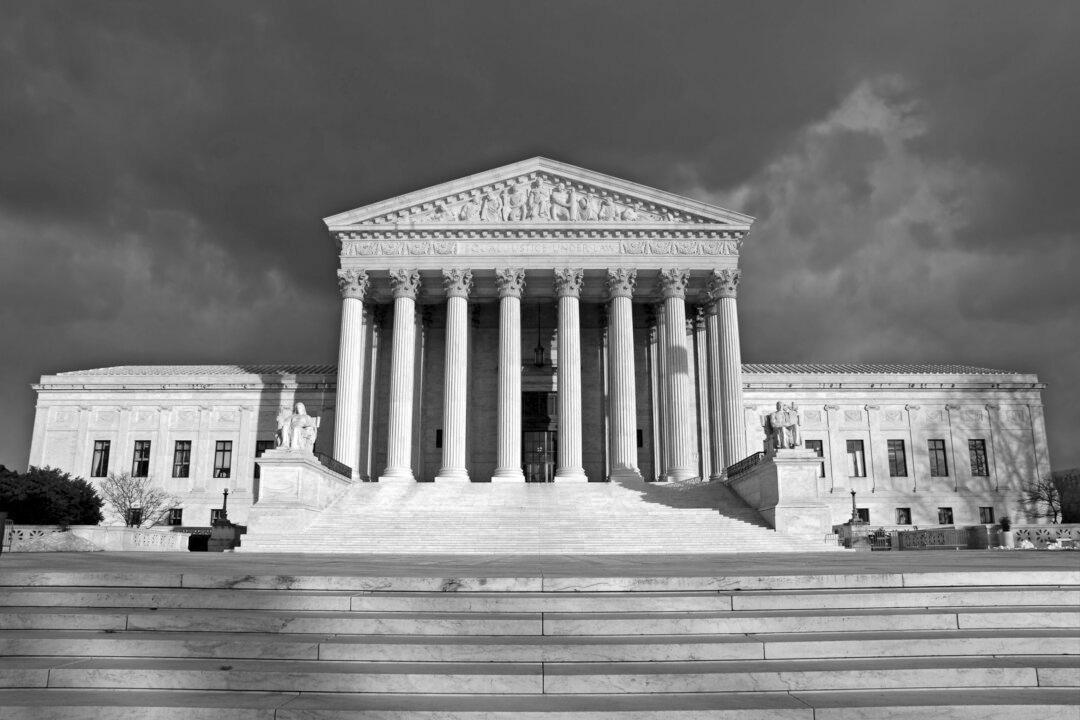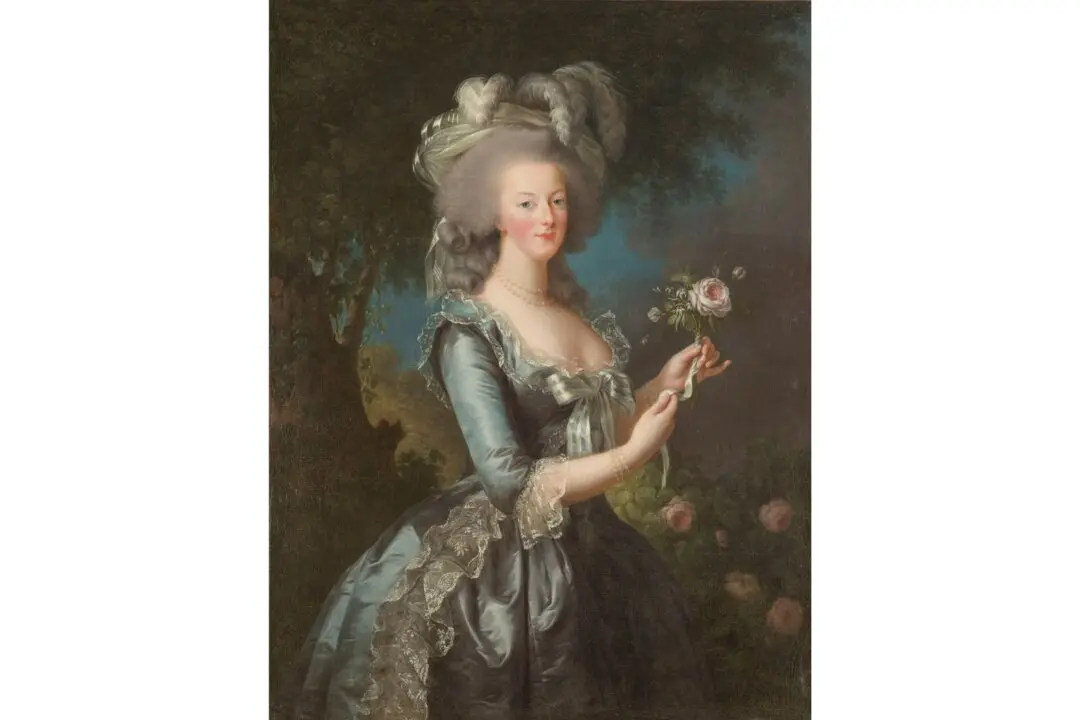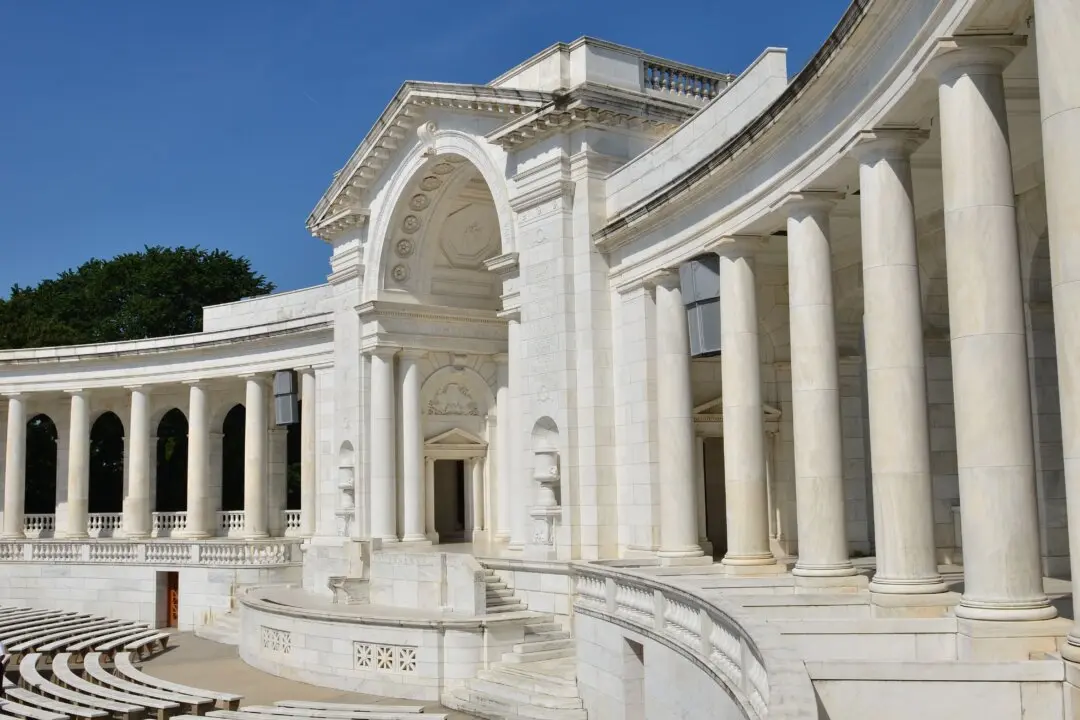When life is chaotic, we often return home for respite. We may look to our family, faith, and community for personal guidance and seek out comfort in places familiar to us. We revisit these home comforts to anchor ourselves in the values important to us and to remind ourselves of our heritage.
But what can we do when our nation seems divided and chaotic?






